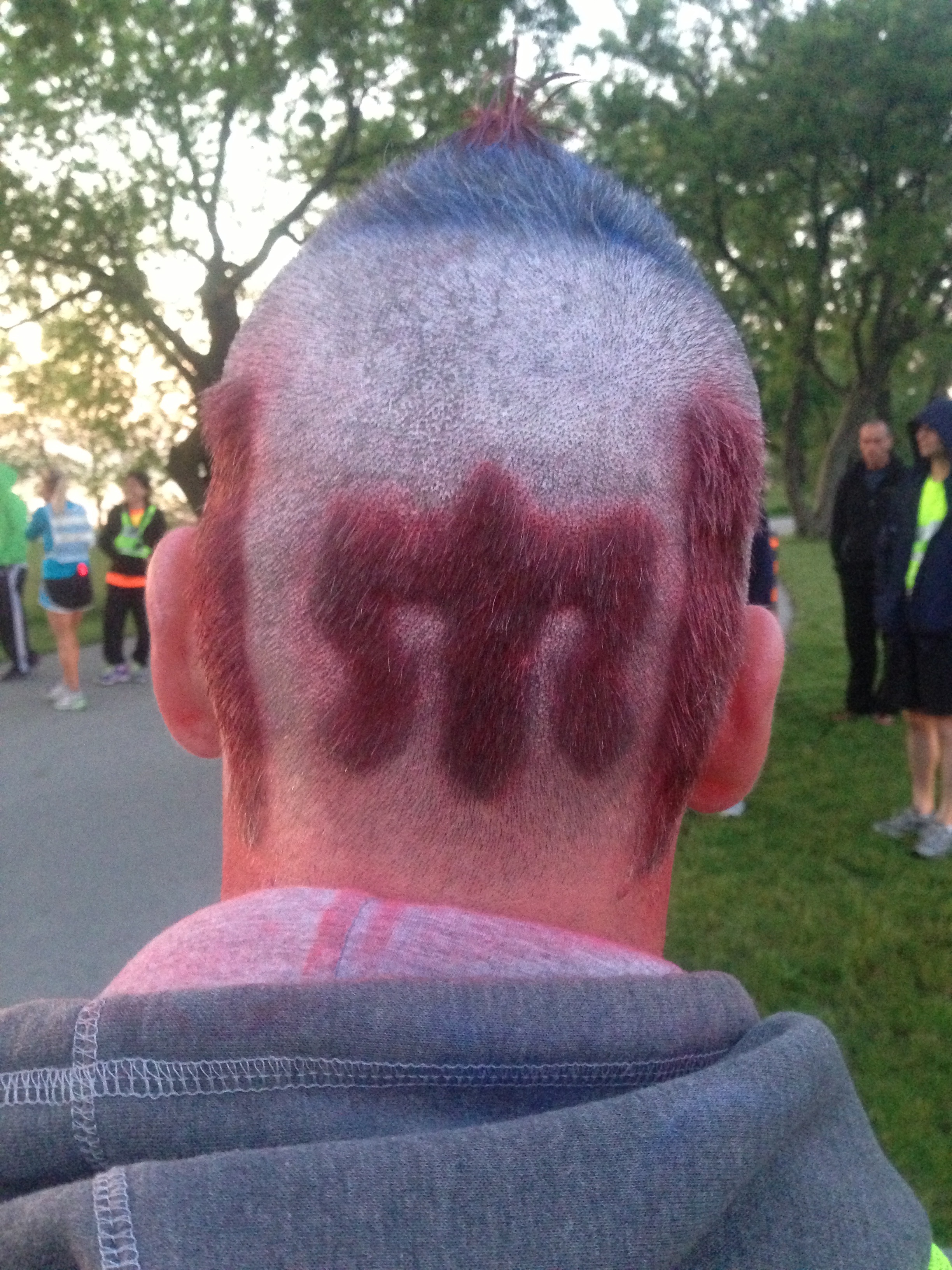This is the third of a four-part series called "How to be an Ironfan", a guide to cheering on friends at endurance events. The first post is about preparations to make before race day. The second post is about what to do on race day. This third post is for the athletes re: what they can do to help their Ironfans. And the last is for the 'Inner Circle' – people who are close to the athlete – and has next-level tips for these next-level supporters.
How to be the best athlete to cheer for
So you've got your big race coming up. You've sent your Ironfans the posts on how to best prepare for race day and what to do on race day. Now as the athlete, there are some simple things you can do to make life easy for your Ironfans. Here are a few tips:
Dinner with the Ironfans + unofficial pre-race briefing.
Connect your Ironfans. It's highly likely that you'll have people coming to cheer for you who are from different parts of your life, they might not know each other, and they might not be staying together. Connect them beforehand: introduce them and share a little about how you know everyone. Better yet: bring everyone together for a meal and an informal pre-race briefing.
Communicate your bib number. Send it out however works for you (e.g. text message, social media, etc) along with a link to the tracking page – so that friends and family can be a part of your race even if they can't be there in person. Also, share the names and bib numbers of your training buddies so your Ironfans can spread the love. It’s a long day, and it’s more fun if there are lots of athletes to keep an eye out for and cheer on.
Tell your Ironfans what you'll be wearing. Once you decide what you're going to wear, take a photo of you in your gear and then share that with your crew, calling out any key points of visual recognition e.g. bright red helmet, blue triathlon suit! Also send them a pic of you and your bike – again, it helps with visual recognition. Knowing who to look for really matters when spectators are waiting around for a long time, and you pass by them quickly... so they don't have much time to figure out if it's you! (And there's nothing worse than waiting for a couple hours and then missing your athlete!)
Send the course maps to your Ironfans (as well as the event's official website). Then huddle with them and help them plan out their day. As the athlete, you spend a lot of time looking at the course maps and scoping out where the coffee's at, etc. So while you're at it, think about where your support crew might want to position themselves, and suggest those positions to your support crew. Also, there are often last minute updates to the course – make sure you pass these on to your cheer squad so they can reposition accordingly. And for extra brownie points, maybe even print copies of the maps for everyone. Turns out, PDF course maps aren’t the easiest to work with on mobile devices.
Share your race mantra. If you've got specific things you want to hear on course, let your Ironfans know. This is a great way to have triggering words / phrases / race mantras communicated to you at times when you really need to hear them and saying them to yourself alone doesn't do the trick.
Share your power songs. Similarly, if you've got specific music you’d love to hear on course, let your Ironfans know: what songs, and when you’d like to hear them. Sometimes a good beat is all that you need to keep moving!
Let people know how they can reach you. Tell people how available you'll be by phone / text message in the lead up to the race. I normally shut 'er down the afternoon before the big race so I can focus on my mental game. Let people know in advance that you're grateful for their messages of support and that you'll get back to them post-race.
Last of all: try not to be too much of a prima donna. Your Ironfans get that it's all about you for 24 hours and that's why they're there in support – but be a nice rockstar and you'll guarantee that they'll do it again. Say thank-you a lot and acknowledge people after the race – without the crew, it doesn't happen!
So grateful for this crew who came from Montreal, Toronto, San Francisco and Vancouver to cheer me on!













